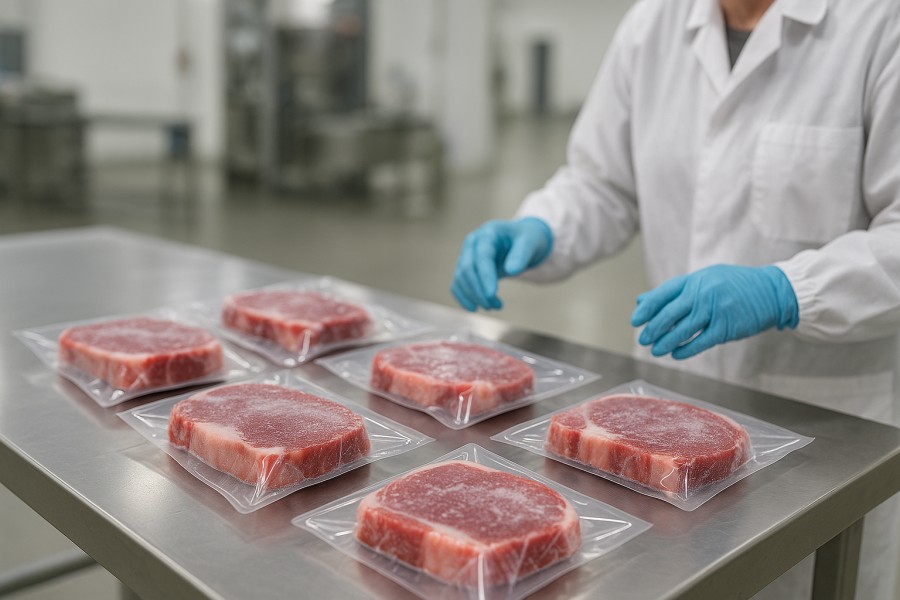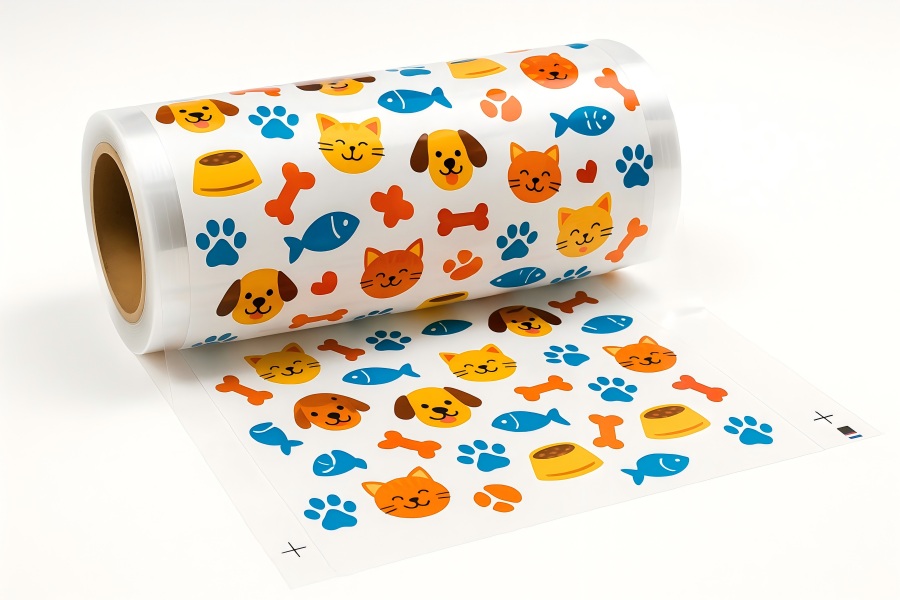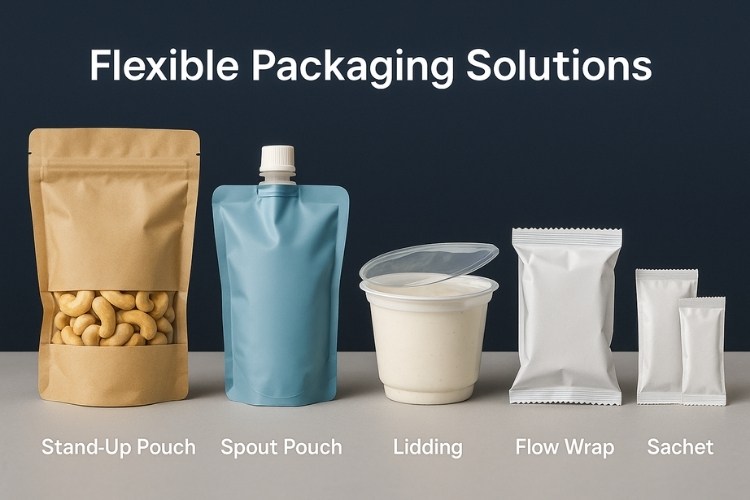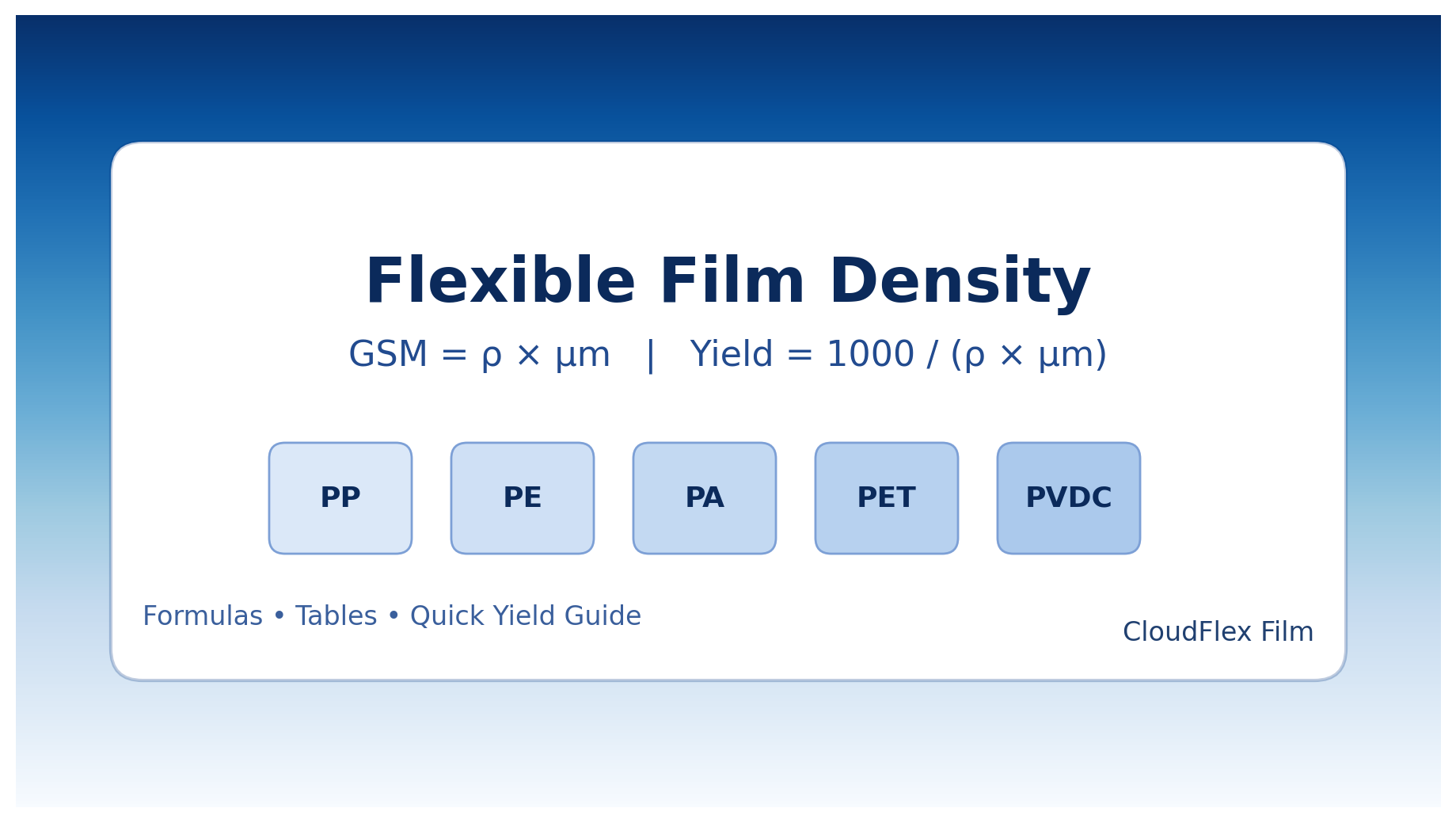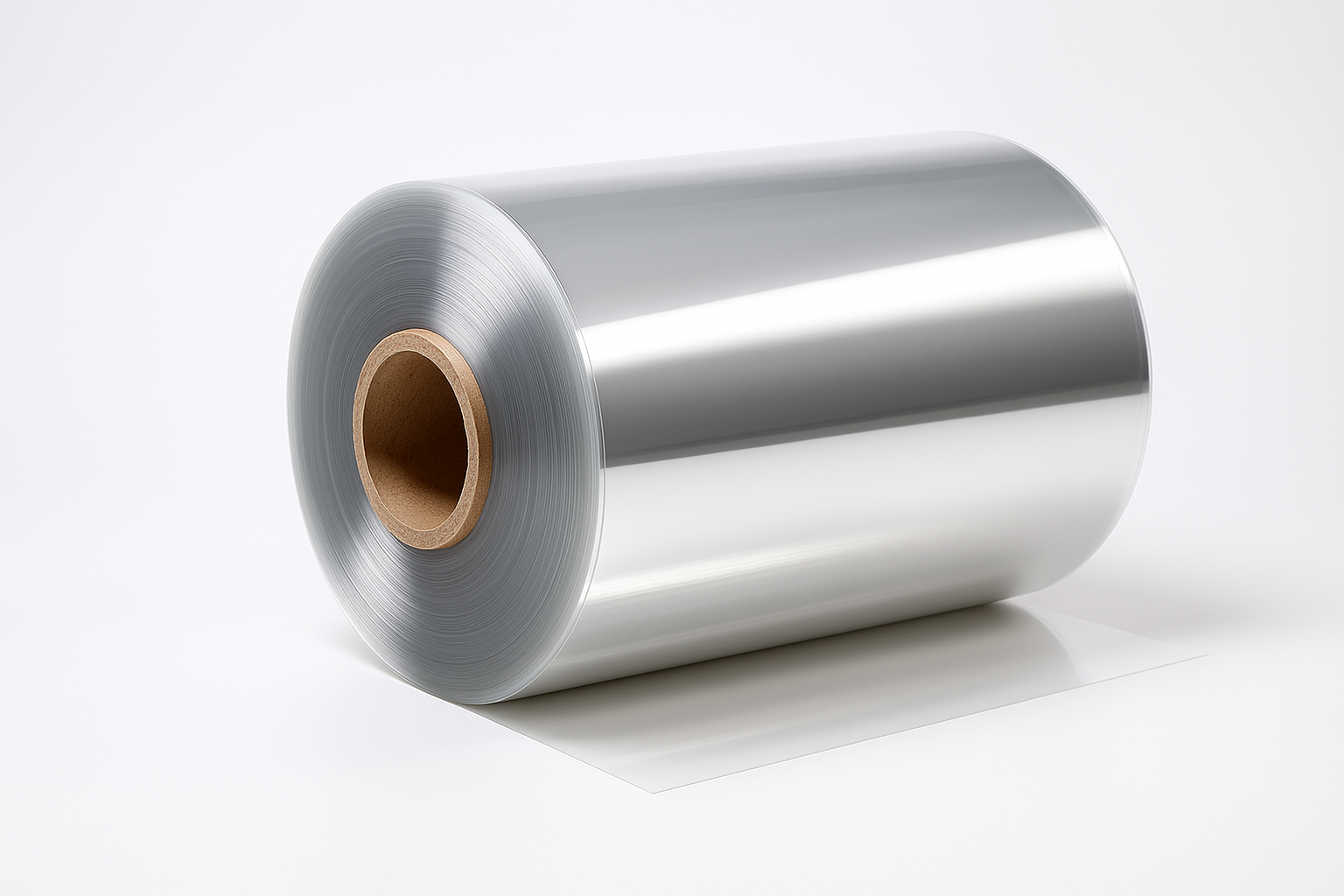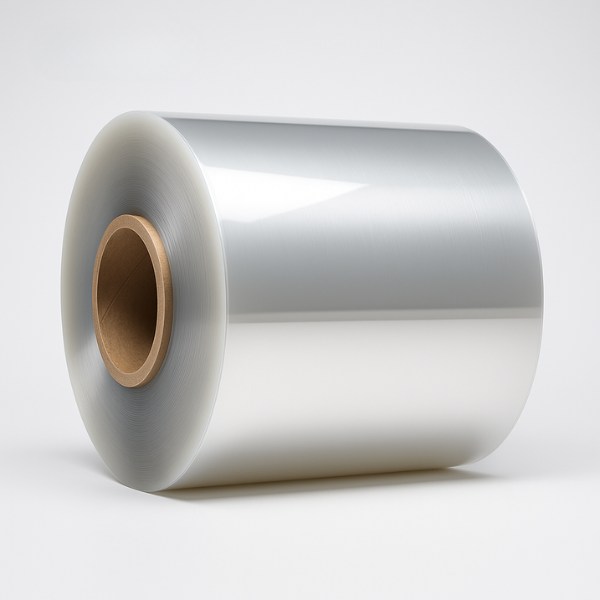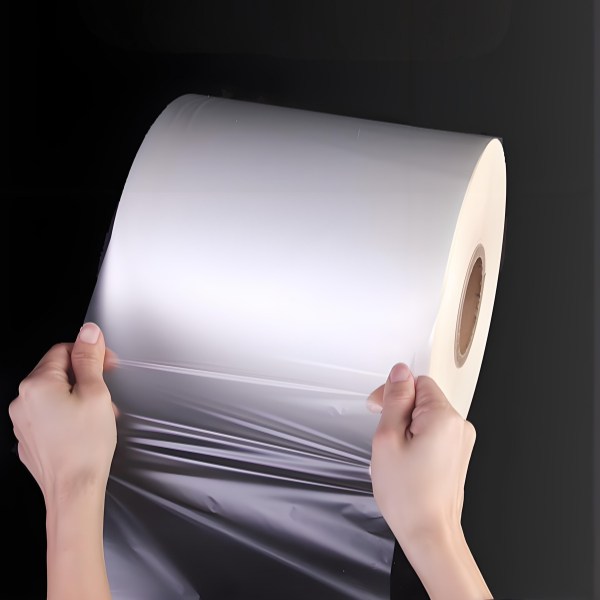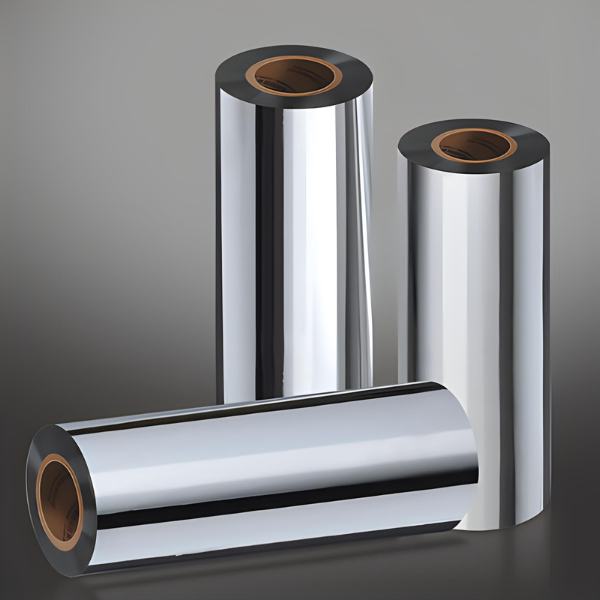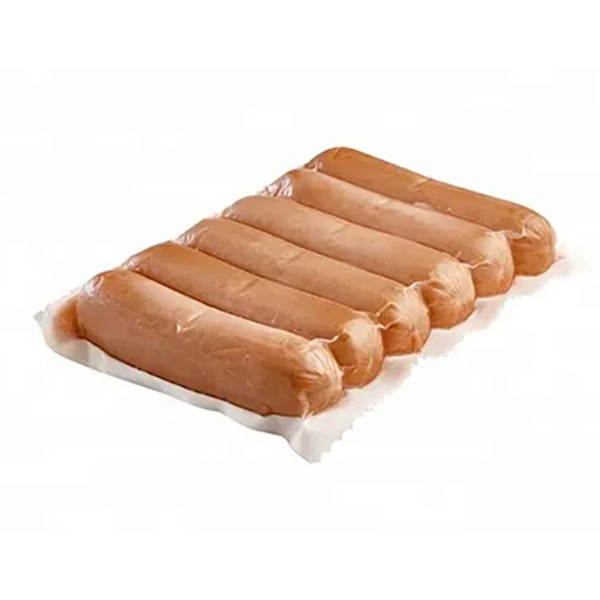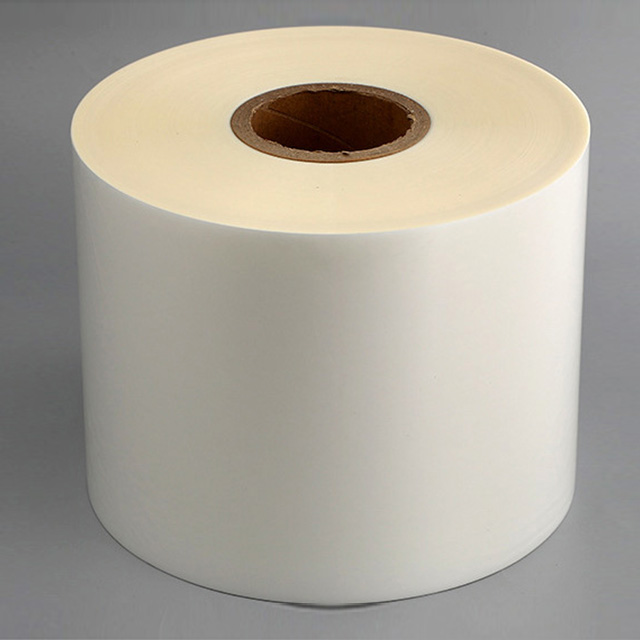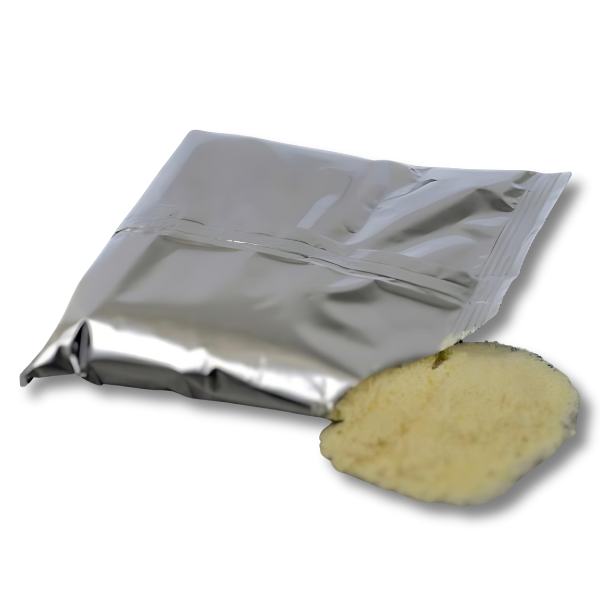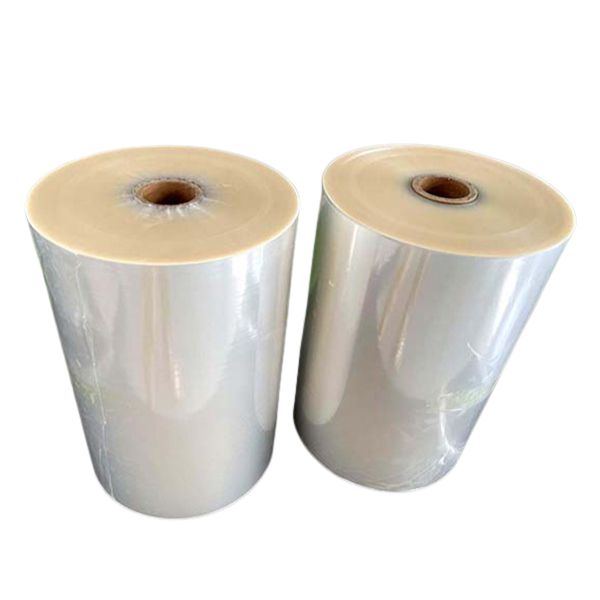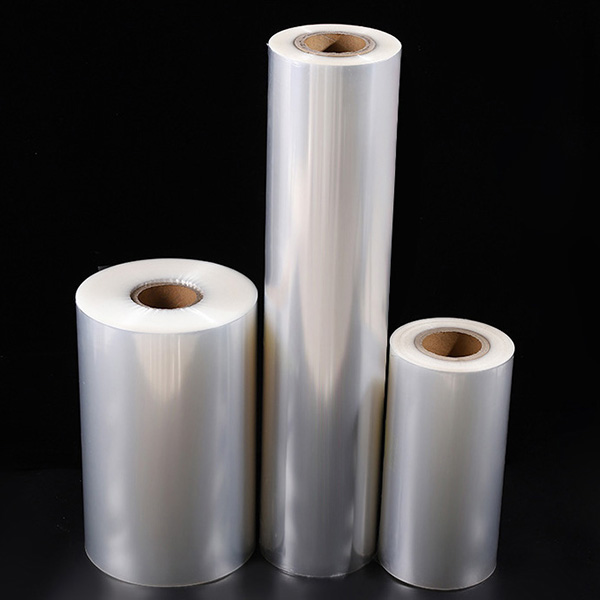Introduction: Why CPP Film is the Unsung Hero of Flexible Packaging
Are you struggling to choose the right flexible packaging material for your product? Is your current packaging failing to provide adequate shelf life, or are the seals breaking during transportation? The answer often lies in understanding the fundamental properties of the film you’re using.
One of the most versatile and widely used materials in the packaging world is Cast Polypropylene, or CPP film. But not all CPP films are created equal. To make an informed decision, you need a deep dive into its key properties.
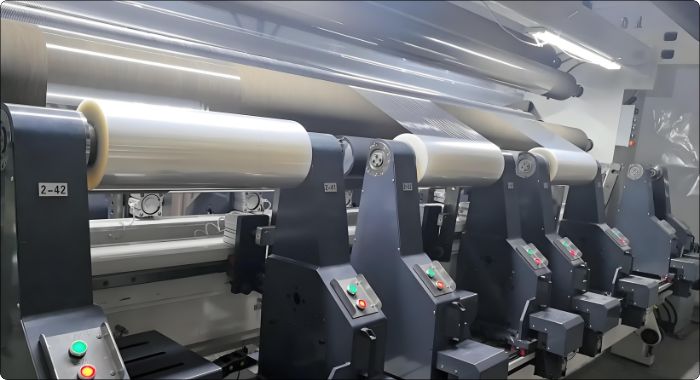
{ CPP Film Production Line }
In this comprehensive guide, we will break down every critical aspect of CPP film properties, from its basic manufacturing process to how each characteristic impacts your final package. Whether you’re a seasoned engineer or a sourcing specialist, this article will equip you with the knowledge you need.
What is CPP Film? (A Quick Refresher)
Cast Polypropylene (CPP) is a type of polypropylene film manufactured through a process called cast extrusion. Unlike BOPP (Biaxially Oriented Polypropylene), which is stretched in both directions, CPP is produced by extruding molten polypropylene through a flat die onto a chilled roll, where it cools rapidly.
This rapid cooling process is what gives CPP film its unique set of properties, particularly its excellent clarity and superior heat-sealability, compared to BOPP.
A Quick Comparison: CPP vs. BOPP
| Property | CPP Film | BOPP Film |
|---|---|---|
| Clarity | Excellent | Good to Very Good |
| Heat Sealability | Excellent (low sealing temp) | Poor (needs a sealant layer) |
| Stiffness | Soft and flexible | Stiff and crisp |
| Moisture Barrier | Excellent | Excellent |
| Oxygen Barrier | Moderate | Moderate |
| Typical Use | Heat-seal layer in laminations | Outer printable layer |
The Core of the Matter – Key CPP Film Properties Explained
Understanding the following properties will help you select the right CPP film for your application.
| Property | What It Means | Why It Matters | Typical Applications |
|---|---|---|---|
| Clarity & Gloss | High transparency and surface shine | Enhances product visibility and appeal | Retail packaging, apparel, stationery |
| Heat Sealability | Ability to form a strong seal at low temperatures | Ensures package integrity and production efficiency | Food packaging, laminated films |
| Moisture Barrier | Resistance to water vapor transmission | Protects contents from humidity | Snacks, textiles, dry foods |
| Gas Barrier (O₂, CO₂) | Resistance to gas permeation | Extends shelf life by preventing oxidation | Coffee, nuts, meats (as part of a laminate) |
| Toughness & Puncture Resistance | Ability to resist tearing and puncturing | Prevents leaks and damage during handling | Heavy-duty bags, industrial packaging |
| Stiffness & Flexibility | Balance of rigidity and pliability | Affects machinability and feel | Garment bags, multi-layer films |
| Temperature Resistance | Performance under high/low temperatures | Critical for retort or frozen applications | Retort pouches, frozen food packaging |

{ Selecting The Appropriate CPP Film Type }
Beyond the Basics – CPP Film Types & Selection
Not all CPP films are the same. Here are the most common types and how to choose the right one:
Common Types of CPP Film
- General Purpose CPP: Balanced properties for general packaging.
- Retort CPP: Withstands high-temperature sterilization (up to 121°C and 135°C).
- High Clarity CPP: Superior gloss and transparency for premium appearance.
- Metallized CPP
- Low-Temperature Sealing CPP: Seals at lower temperatures for heat-sensitive products.
How to Choose the Right CPP Film: 5 Key Considerations
Selecting the right CPP film is crucial to successful packaging design. Here are five key factors to consider:
1. Define Your Product: Is it food? Non-food? Frozen? Liquid?
Different products have vastly different requirements for film performance. Food packaging often demands higher safety and barrier properties, while non-food applications may prioritize appearance or mechanical strength. Special products like frozen or liquid items require additional properties such as low-temperature resistance or puncture resistance.
- Food Products: General foods need moisture and oxygen protection; high-fat foods need high oxygen barriers; fresh produce needs breathability; cooked foods need retort resistance.
- Non-Food Products: Textiles need moisture and dust protection; industrial parts need anti-static properties; liquid products need puncture resistance.
2. Identify Key Threats: Moisture? Oxygen? Physical damage?
Understanding the primary threats your product faces during storage and transportation is fundamental to choosing the right film.
- Moisture: CPP inherently offers excellent moisture barrier, ideal for humid environments.
- Oxygen: If your product is prone to oxidation, consider laminating with high-barrier materials like EVOH or PVDC.
- Physical Damage: Heavy or sharp products require CPP with high puncture resistance and toughness.
3. Match Packaging Process: High-speed? Heat-sensitive? Retort?
Your packaging process directly affects the film’s processability and final performance.
- High-Speed Lines: Choose CPP with good slip properties and stable coefficient of friction (COF).
- Heat-Sensitive Contents: Use low-temperature sealing CPP to protect the product.
- Retort Process: Only use Retort CPP (RCPP) to ensure integrity under high heat.
4. Consider Shelf Life: How long does the product need to last?
Shelf life dictates the required barrier level.
- Short Shelf Life (days to weeks): Pure CPP or simple laminates are sufficient.
- Long Shelf Life (months or more): Use high-barrier laminates like CPP/EVOH/PE.
5. Evaluate Aesthetics: Does it need printing? High gloss?
Appearance directly influences consumer purchasing decisions.
- Printing Required: CPP must be corona-treated for better ink adhesion.
- High Gloss: Choose high-gloss CPP to enhance visual appeal.
- Matte/Frosted: Use matte CPP or laminated matte films for a premium feel.
- High Transparency: Select high-clarity CPP to clearly showcase the contents.
FAQs: Answering Your Top Questions about CPP Film
Q1: What’s the difference between CPP and PE film?
A: CPP offers better clarity, stiffness, and heat-seal performance. PE has better puncture resistance and is often used for heavy-duty bags.
Q2: Why is my CPP film not sealing properly?
A: Possible causes include incorrect sealing temperature, pressure, or dwell time; contamination on the seal area; or using the wrong CPP grade.
Q3: Can CPP film be printed on?
A: Yes, but it requires corona treatment to improve ink adhesion. CPP is often used as the outer layer in laminated structures.
Q4: Is CPP film recyclable?
A: Yes, CPP is a mono-material and recyclable where #5 PP recycling is available. Laminated structures may not be.
Conclusion: Your Trusted Partner in CPP Film Solutions
In summary, CPP film is a cornerstone of flexible packaging, prized for its exceptional clarity, outstanding heat-seal performance, and excellent moisture barrier. By understanding its key properties, you can select the perfect CPP grade to protect your product, optimize your packaging line, and delight your customers.

{ CloudFilm Is Your Trustworthy Partner }
Ready to find the ideal CPP film for your specific application?
Contact the CloudFilm team today for a free consultation and sample. Let’s build the perfect packaging solution together.


